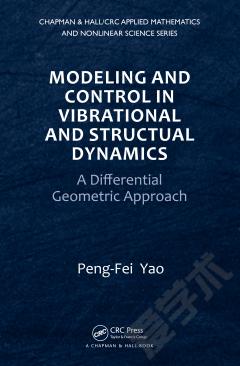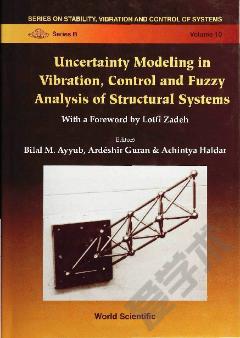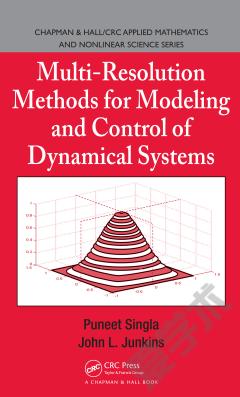Modeling and Control in Vibrational and Structural Dynamics —— A Differential Geometric Approach
----- 振动和结构动力学建模与控制的微分几何方法
Preliminaries from Differential Geometry Linear Connections, Differential of Tensor Fields, and Curvature Distance Functions A Basic Computational Technique Sobolev Spaces of Tensor Field and Some Basic Differential Operators Control of the Wave Equation with Variable Coefficients in Space How to Understand Riemannian Geometry as a Necessary Tool for Control of the Wave Equation with Variable Coefficients Geometric Multiplier Identities Escape Vector Fields and Escape Regions for Metrics Exact Controllability. Dirichlet/Neumann Action Smooth Controls A Counterexample without Exact Controllability Stabilization Transmission Stabilization Control of the Plate with Variable Coefficients in Space Multiplier Identities Escape Vector Fields for the Plate Exact Controllability from Boundary Controllability for Transmission of Plate Stabilization from Boundary for the Plate with a Curved Middle Surface Linear Shallow Shells: Modeling and Control Equations in Equilibrium. Green's Formulas Ellipticity of the Strain Energy of Shallow Shells Equations of Motion Multiplier Identities Escape Vector Field and Escape Region for the Shallow Shell Observability Inequalities. Exact Controllability Exact Controllability for Transmission Stabilization by Linear Boundary Feedbacks Stabilization by Nonlinear Boundary Feedbacks Naghdi's Shells: Modeling and Control Equations of Equilibrium. Green's Formulas. Ellipticity of the Strain Energy. Equations of Motion Observability Estimates from Boundary Stabilization by Boundary Feedback Stabilization of Transmission Koiter's Shells: Modeling and Controllability Equations of Equilibria. Equations of Motion Uniqueness for the Koiter Shell Multiplier Identities Observability Estimates from Boundary Control of the Quasilinear Wave Equation in Higher Dimensions Boundary Traces and Energy Estimates Locally and Globally Boundary Exact Controllability Boundary Feedback Stabilization Structure of Control Regions for Internal Feedbacks References Bibliography Index Notes and References appear at the end of each chapter.
{{comment.content}}








 京公网安备 11010802027623号
京公网安备 11010802027623号